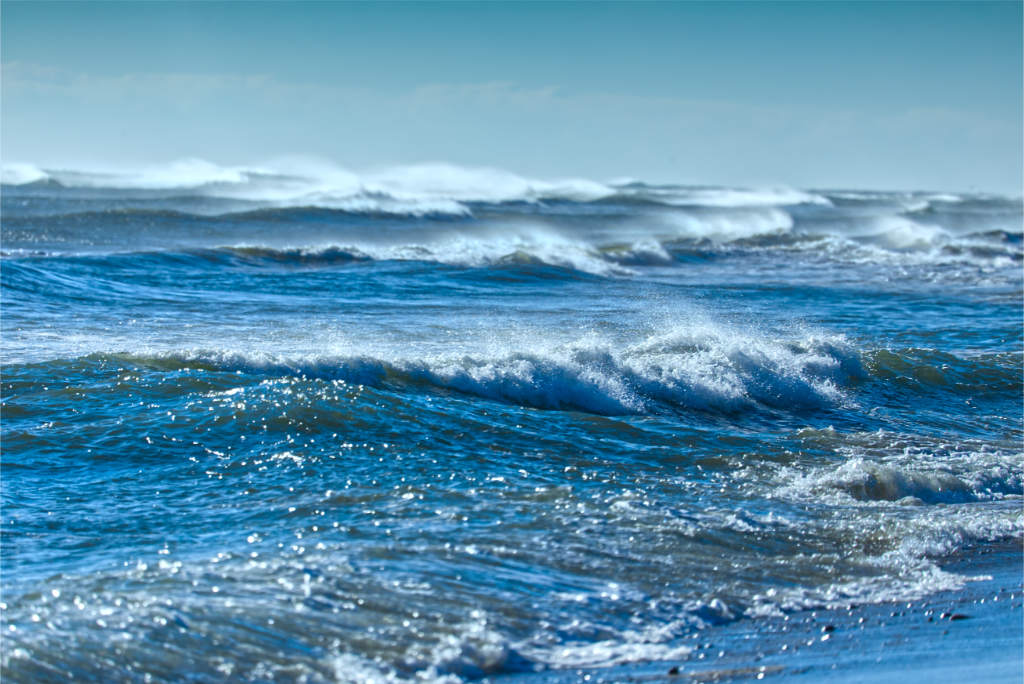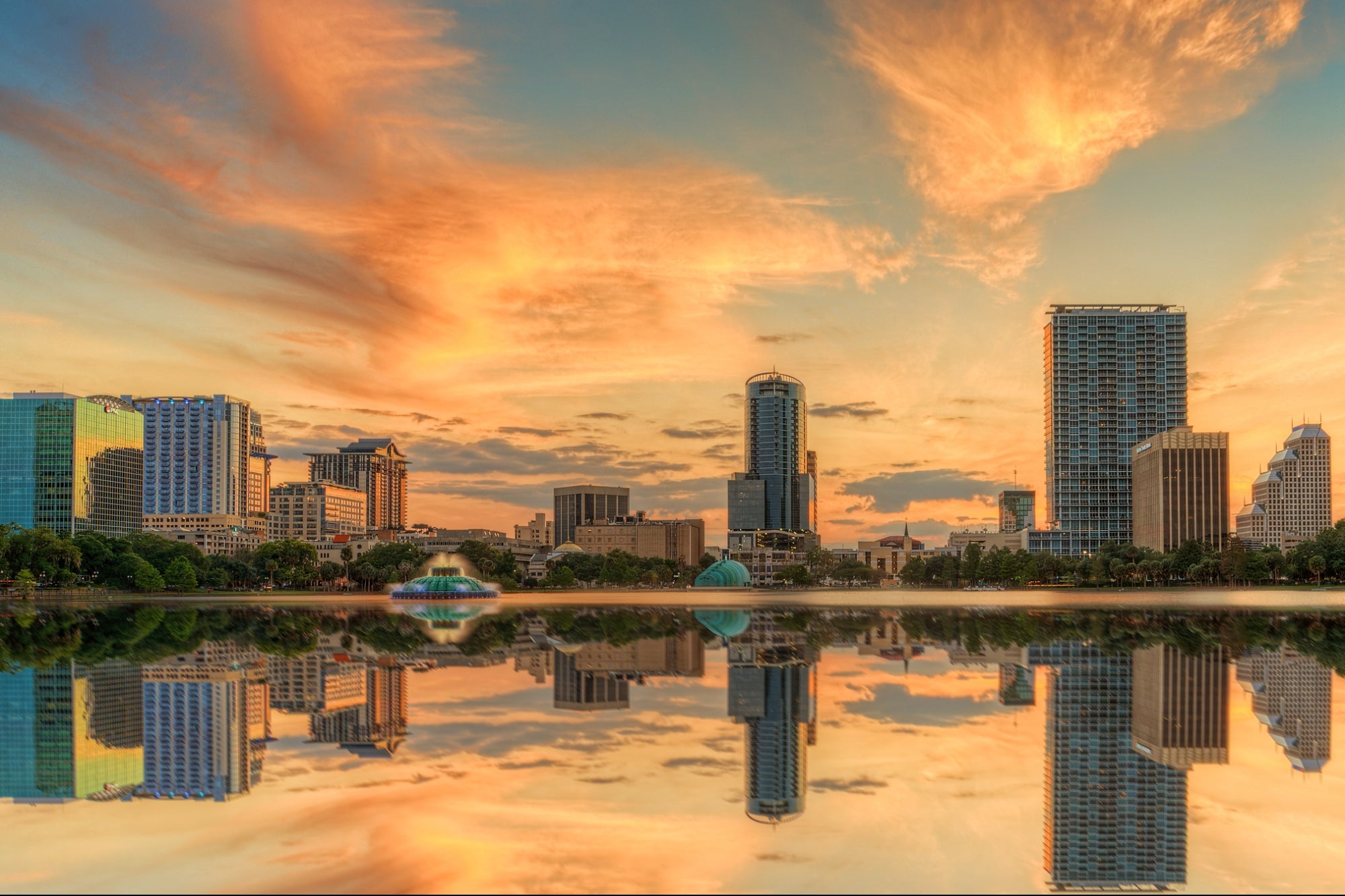Corpus Christi, Texas
A day after roaring ashore as a hurricane, Hanna lashed the Texas Gulf Coast on Sunday with high winds and drenching rains that destroyed boats, flooded streets, and knocked out power across a region already reeling from a surge in coronavirus cases.
Downgraded to a tropical depression, Hanna passed over the U.S.-Mexico border with winds near 50 mph, the National Hurricane Center said. It unloaded more than 12 inches of rain on parts of South Texas and northeastern Mexico. More rain is forecast for Monday.
Border communities whose health care systems were already strained by COVID-19 cases – with some patients being airlifted to larger cities – found themselves under siege from the first hurricane of the 2020 Atlantic season. There were no immediate reports of any deaths on either side of the border.
Dr. Ivan Melendez, the health authority in Hidalgo County, Texas, was treating a patient overnight at a hospital when he and a nurse noticed water streaming down a wall and pooling on the floor. The water was flowing through a vent in the room, which had been retrofitted with a fan to create negative pressure and prevent the virus spreading through the hospital.
After driving home in the storm in the middle of the night, Dr. Melendez was trapped Sunday morning in his home by downed trees and had no electricity.
Henry Van De Putte, CEO of the Red Cross’ Texas Gulf Coast chapter, said the organization would open more shelters with reduced capacity to ensure social distancing. Volunteers and people seeking refuge will undergo temperature checks, and a medical professional will be assigned to each location, he said.
A community building known as the “Dome” in Mercedes, Texas, was set aside for evacuees who had tested positive for COVID-19 or were exposed to the virus. Across the region, shelters were also opened in hotels, schools, and gyms.
Mr. Van De Putte emphasized that people should not delay seeking help because of the virus.
“Yes, coronavirus provides risk, but so does floodwater, so does not having electricity, so does not having required medications,” he said. “We’re doing everything we can do possible to make it a safe environment.”
In the Mexican border city of Reynosa, a maternity hospital was damaged by heavy rain, and water had to be pumped out, authorities said. Some patients had to be moved to upper floors, and a few were evacuated to other hospitals, said Pedro Granados, director of civil protection for Tamaulipas state.
Coastal states scrambled this spring to adjust emergency hurricane plans to account for the virus, and Hanna was the first big test. Gov. Greg Abbott said Saturday that some people in need of shelter would be given hotel rooms to keep them apart from others.
Gov. Abbott announced Sunday that the Federal Emergency Management Agency approved an emergency declaration that will provide federal aid.
Hanna blew ashore as a Category 1 storm late Saturday afternoon with winds of 90 mph not far from Port Mansfield, which is about 130 miles south of Corpus Christi.
Myrle Tucker tried to ride out the storm in a powerboat docked in a Corpus Christi marina. But winds and rain blew out the vessel’s windows. Eventually rescuers in a dinghy were able to reach him and bring him to shore. Many other boats were flooded and lashed by the storm.
Mr. Tucker said he told his rescuers he wasn’t sure he would be able to climb out of his boat.
“They picked me up,” he said. “They carried me like a box of napkins.”
More than 150,000 customers lost power Sunday throughout South Texas, including Corpus Christi, Harlingen, and Brownsville, utility officials said.
Corpus Christi is in Nueces County, where 60 babies tested positive for COVID-19 from July 1 to July 16. Farther south in Cameron County, more than 300 new cases have been reported almost daily for the past two weeks. The past week has also been the county’s deadliest of the pandemic.
Hanna came nearly three years after Hurricane Harvey blew ashore northeast of Corpus Christi. Hanna was not expected to be as destructive as Harvey, which killed 68 people and caused an estimated $125 billion in damage in Texas.
In the Mexican city of Matamoros, across from Brownsville, the rains shook tents in a refugee camp housing an estimated 1,300 asylum seekers, including newborns and elderly people, who have been waiting for months for court dates under a U.S. immigration policy informally known as “Remain in Mexico.”
Hurricane Douglas
In the Pacific Ocean, meanwhile, Hurricane Douglas brushed past Hawaii over the weekend.
Heavy rain and wind gusts battered Maui on Sunday as Hurricane Douglas swirled off the coast of Hawaii and officials urged residents to take shelter.
The Category 1 hurricane passed close to Oahu on Sunday evening, which is home to state’s biggest city of Honolulu. The storm slipped north of the island of Oahu, home to most of Hawaii’s military bases.
Joint Base Pearl Harbor-Hickam, a combined Navy and Air Force installation, sounded “all clear” around 9:30 p.m. local time, according to its official Facebook page. “No hazardous conditions exist. Resume normal operations,” the post said.
The center of Hurricane Douglas, appears to have passed within 45 miles to the north of Hana, Maui. Robert Ballard, the science and operations officer at the Central Pacific Hurricane Center, which called it a “pretty nasty hurricane,” during a teleconference Sunday.
This story was reported by The Associated Press. Mr. Merchant reported from Houston. AP writers Maria Verza in Mexico City; Desiree Seals in Atlanta; Audrey McAvoy and Caleb Jones in Honolulu; Mark Thiessen in Anchorage, Alaska; and Julie Walker in New York contributed to this report.
Editor’s note: As a public service, the Monitor has removed the paywall for all our coronavirus coverage. It’s free.



















